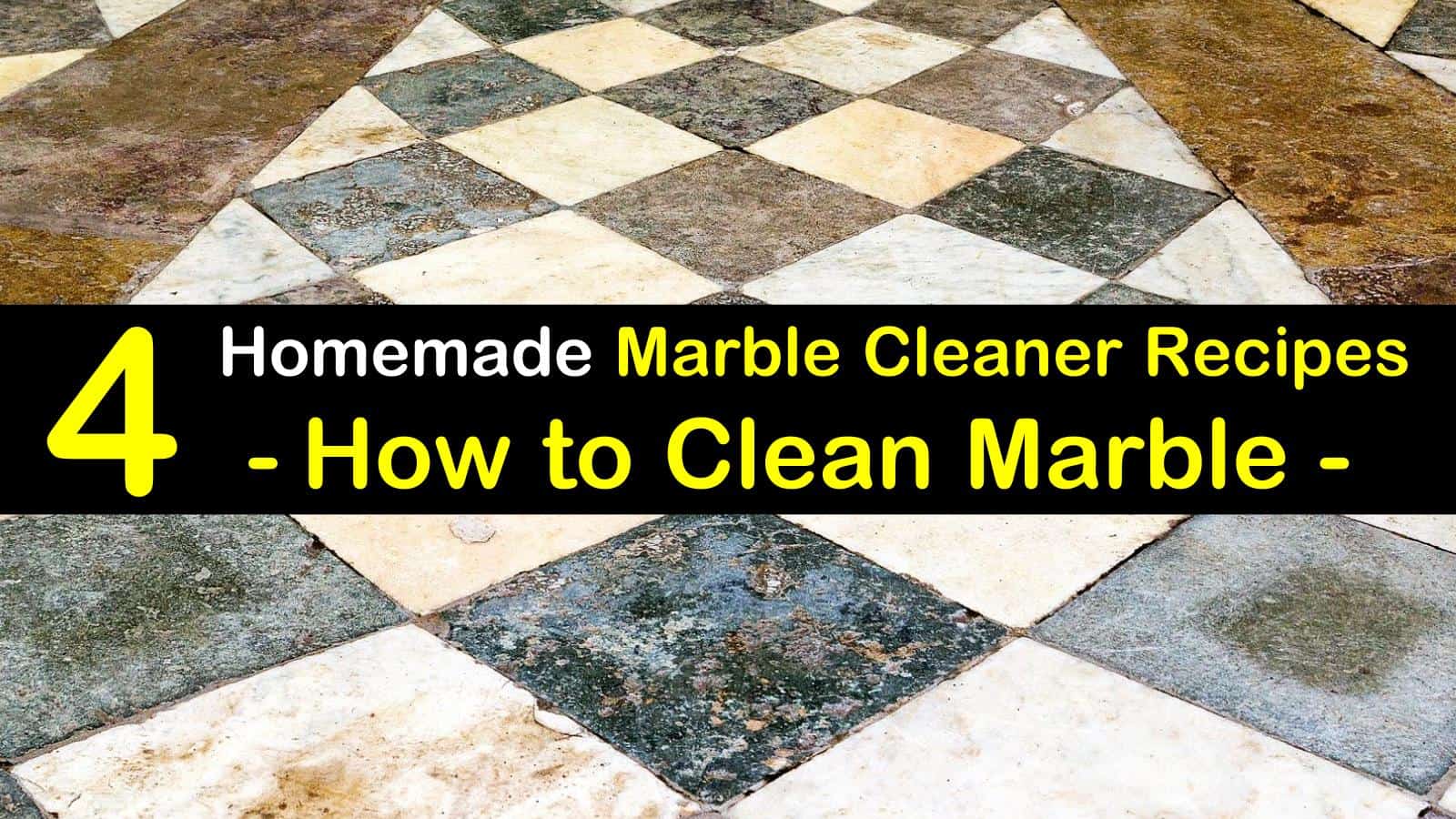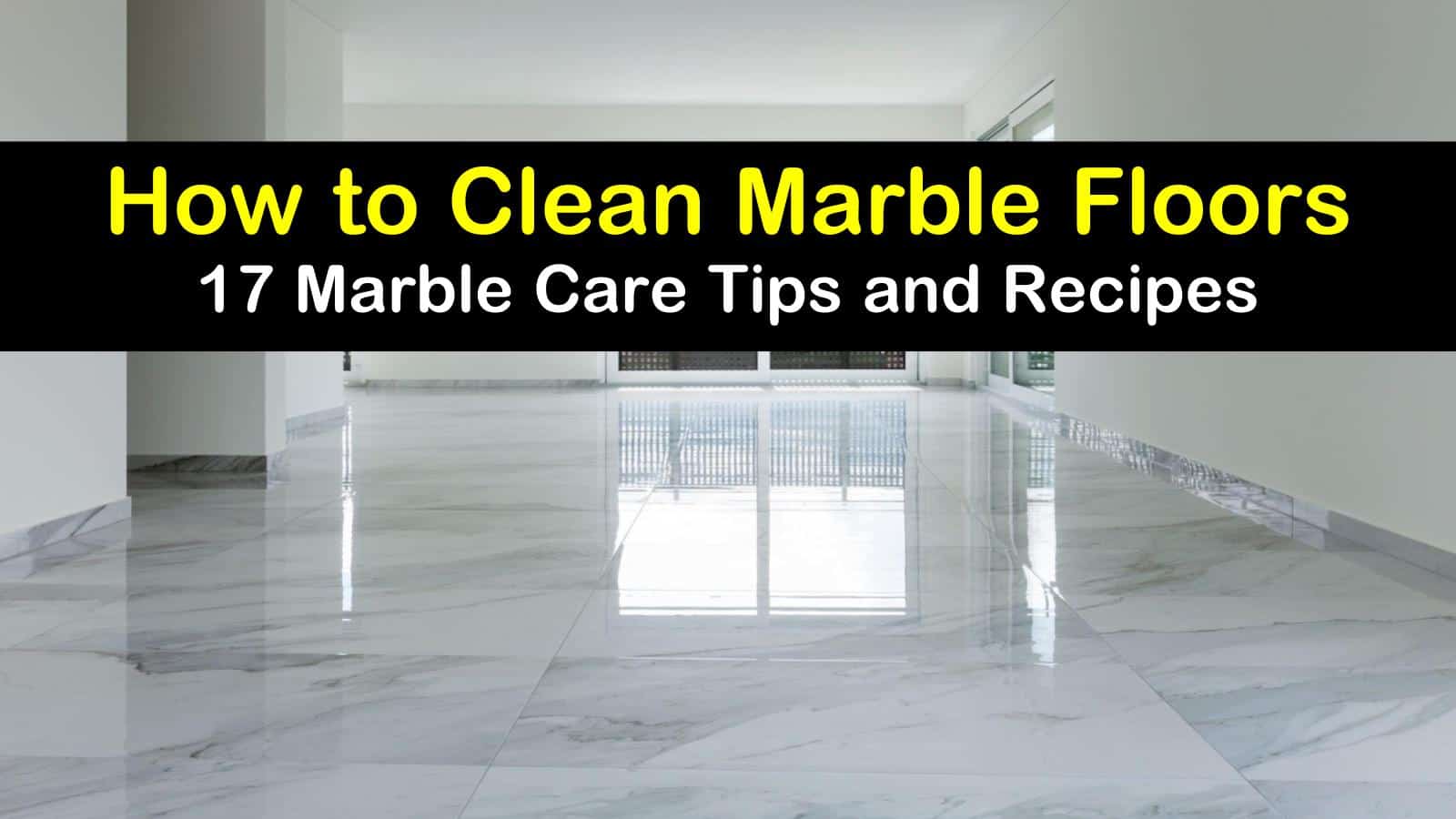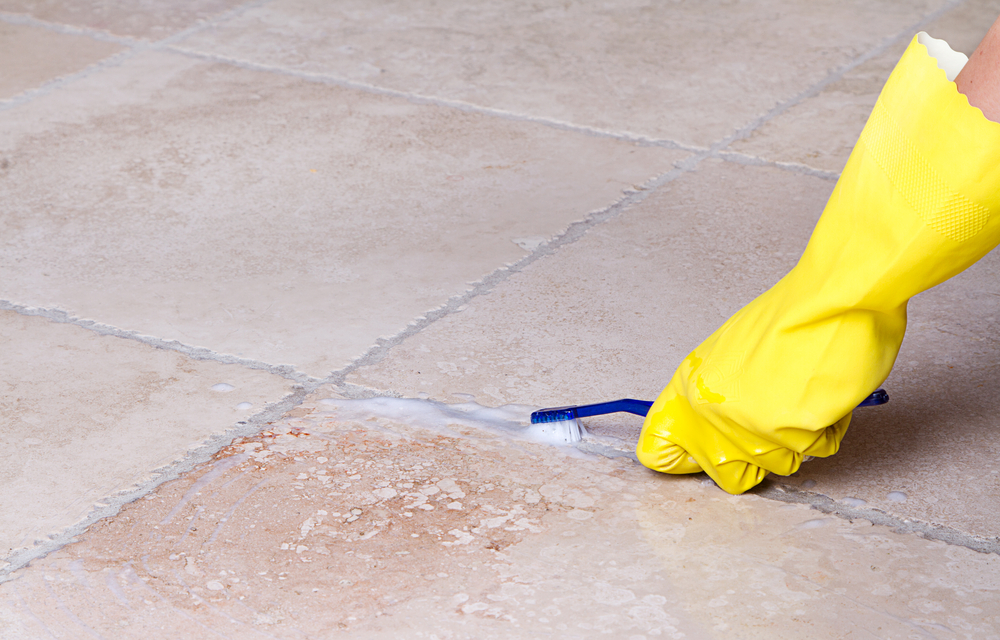Assessing the Condition of Old Marble Floors
Old marble floors bring a touch of elegance and history to any space. However, over time, these floors can become worn, stained, and damaged. Before embarking on the cleaning process, it is crucial to assess the condition of the marble floors to determine the best approach. This article will guide you through the process of understanding the challenges associated with old marble floors and how to assess their condition effectively.
- Evaluating the Wear and Tear. The first step in assessing the condition of old marble floors is to evaluate the wear and tear they have endured. Look for signs of cracks, chips, or uneven surfaces. Take note of any areas where the marble has lost its shine or has become discolored. This evaluation will help you determine the extent of damage and identify areas that require special attention during the cleaning process.
- Identifying Stains and Discoloration. Old marble floors are susceptible to various stains and discoloration due to years of use and exposure to different substances. Carefully examine the marble surface for any noticeable stains, such as food or beverage spills, rust marks, or water damage. Identifying these stains will allow you to choose appropriate cleaning methods and products to effectively remove them.
- Assessing the Integrity of the Marble. It is essential to assess the integrity of the marble itself to determine if any structural issues exist. Look for signs of crumbling or flaking, as this could indicate a more severe problem. Check the grout lines between the marble tiles for any signs of damage or deterioration. Understanding the condition of the marble and the surrounding areas will help you plan the cleaning process accordingly.
- Consulting with Professionals if Needed. If you are unsure about the condition of the old marble floors or if there are significant issues, it may be wise to consult with professionals. They have the expertise and experience to assess the floors thoroughly and provide recommendations for the best course of action. Professional input can ensure that the cleaning process is carried out effectively and without causing further damage to the marble.

Gathering the Right Tools and Materials
Cleaning old marble floors requires a thoughtful approach and the use of appropriate tools and materials. Let me guide you through the process of preparing for cleaning, ensuring that you have everything you need to effectively clean and restore your marble floors.
- Essential Tools for Cleaning Old Marble Floors. Before you begin cleaning, it is essential to gather the necessary tools. Start by acquiring a soft-bristle broom or a dust mop to remove loose dirt and debris from the surface. Additionally, a microfiber mop or a soft cloth will be needed for the actual cleaning process. Avoid using abrasive brushes or materials that could scratch the marble.
- Choosing the Right Cleaning Solutions. Selecting the appropriate cleaning solutions is crucial to avoid damaging the marble floors. Mild, pH-neutral cleaners are recommended to prevent any chemical reactions that could harm the marble. Look for cleaners specifically designed for marble or natural stone surfaces. Avoid using acidic or abrasive cleaners, as these can etch or scratch the marble.
- Gathering Protective Equipment. While cleaning old marble floors, it is essential to protect yourself and the surrounding areas. Wear gloves to shield your hands from any chemicals in the cleaning solutions. Additionally, use drop cloths or plastic sheets to cover furniture or any other items near the marble floors that could be affected by the cleaning process.
- Additional Supplies for Stain Removal. If your old marble floors have stubborn stains, it may be necessary to gather some additional supplies. For organic stains like food or beverage spills, consider using a poultice made from baking soda and water. For oil-based stains, a commercial marble stain remover or a mixture of dish soap and hydrogen peroxide can be effective. Always perform a spot test in an inconspicuous area before applying any stain removal solution.
Safely Removing Dirt and Stains from Old Marble Floors
Cleaning old marble floors requires a gentle approach to preserve their natural beauty and prevent any damage. Let’s explore various gentle cleaning methods that can effectively remove dirt and stains from old marble floors without compromising their integrity.
Dusting and Sweeping. Before applying any cleaning solutions, start by dusting or sweeping the marble floors to remove loose dirt and debris. Use a soft-bristle broom or a dust mop to gently brush the surface, ensuring that you reach all corners and crevices. This initial step will prevent scratching the marble when you begin the actual cleaning process.
Mopping with a pH-neutral Cleaner. One of the safest and most effective ways to clean old marble floors is by mopping with a pH-neutral cleaner. Dilute the cleaner according to the manufacturer’s instructions and apply it to the marble surface using a microfiber mop or a soft cloth. Work in small sections, using gentle circular motions to lift dirt and grime. Avoid saturating the marble with excessive amounts of water.
Targeting Stubborn Stains with Poultices. Old marble floors may have stubborn stains that require extra attention. For organic stains like food or beverage spills, create a poultice by mixing baking soda and water to form a paste. Apply the poultice to the stain, cover it with plastic wrap, and leave it overnight. The next day, gently remove the poultice and rinse the area with clean water. For oil-based stains, use a commercial marble stain remover following the manufacturer’s instructions.
Drying and Buffing the Marble. After cleaning, it is crucial to dry the marble thoroughly to prevent water spots or streaks. Use a soft cloth or a microfiber mop to gently dry the surface. If desired, you can further enhance the shine by buffing the marble with a dry, clean cloth. This step will bring out the natural luster of the marble and leave it looking refreshed.
Polishing and Buffing Techniques for Old Marble Floors
Over time, old marble floors can lose their shine due to wear and tear. Restoring the shine to these floors requires specific polishing and buffing techniques. Let me guide you through the process of bringing back the luster and sparkle to your old marble floors, making them look as good as new.
Assessing the Need for Polishing. Before proceeding with the polishing process, assess whether your old marble floors require polishing. Look for signs of dullness, scratches, or etching on the surface. If the marble has lost its shine and appears worn, polishing can help rejuvenate it. However, if there are deep scratches or significant damage, professional restoration may be necessary.
Choosing the Right Polishing Compound. Selecting the appropriate polishing compound is crucial for achieving the desired results. Different types of marble require different polishing compounds, so it is essential to choose one that is specifically designed for your marble’s composition. Consult with a specialist or refer to the manufacturer’s recommendations to ensure you select the right product.
Applying the Polishing Compound. Before applying the polishing compound, thoroughly clean the marble floors to remove any dirt or debris. Follow the instructions provided with the polishing compound, as application methods may vary. Generally, you will need to apply the compound to the marble and use a floor buffer or a handheld polisher with a polishing pad to work the compound into the surface. Move in small sections, applying even pressure, and buffing until the desired shine is achieved.
Finishing with a High-Quality Marble Sealer. Once the polishing process is complete, it is essential to protect the restored shine by applying a high-quality marble sealer. The sealer will help prevent future staining and damage, keeping your old marble floors looking beautiful for years to come. Follow the manufacturer’s instructions for application and allow the sealer to dry completely before using the floors.
Tips for Preserving the Beauty of Old Marble Floors
Once you have cleaned, polished, and restored the shine of your old marble floors, it is essential to implement long-term maintenance practices to preserve their beauty. This article will provide you with valuable tips and strategies for maintaining and caring for your old marble floors, ensuring they remain a stunning feature in your space for years to come.
Regular Cleaning Routine: Establishing a regular cleaning routine is crucial for the long-term maintenance of your old marble floors. Sweep or dust mop the floors daily to remove dirt, dust, and debris that can scratch the surface. Avoid using harsh or abrasive cleaners, as they can damage the marble. Instead, opt for pH-neutral cleaners specifically designed for marble surfaces.
Wipe Up Spills Immediately: Spills should be dealt with promptly to prevent staining and damage to your marble floors. Marble is porous, and liquids can seep into the surface if left unattended. Use a soft, absorbent cloth to blot up spills immediately, avoiding any rubbing or spreading of the liquid. If a stain occurs, refer to appropriate stain removal techniques for your specific marble type.
Use Mats and Rugs in High-Traffic Areas: Placing mats or rugs in high-traffic areas, such as entryways or hallways, can help protect your old marble floors from excessive wear and tear. These mats will act as a barrier, trapping dirt and preventing it from scratching the surface of the marble. Ensure that the mats are non-slip and regularly clean them to avoid any transfer of dirt onto the marble.
Avoid Using Harsh Chemicals or Abrasive Tools: To maintain the beauty of your old marble floors, it is essential to avoid using harsh chemicals or abrasive tools during cleaning. Acidic cleaners, vinegar, and abrasive brushes can etch or scratch the marble surface, compromising its integrity. Stick to gentle cleaning solutions and soft cloths or mops to protect the marble from damage.
Regularly Seal the Marble: Marble is a natural stone that is susceptible to staining and etching. To prevent these issues, it is recommended to regularly seal your old marble floors. Marble sealers create a protective barrier on the surface, preventing liquids from penetrating and staining the marble. Follow the manufacturer’s instructions for frequency and application techniques.
Avoid Direct Sunlight and Heat Exposure: Direct sunlight and exposure to heat sources can cause discoloration and fading of your old marble floors over time. Protect your marble by using curtains, blinds, or UV-resistant film on windows to block out harmful UV rays. Additionally, avoid placing hot objects directly on the marble surface, as this can cause thermal shock and damage.
Repair Damages Promptly: If your old marble floors sustain any damages, such as chips or cracks, it is crucial to address them promptly. Contact a professional marble restoration expert to assess the extent of the damage and provide appropriate repair solutions. Ignoring or delaying repairs can lead to further deterioration and potentially costlier restoration in the future.
Regular Professional Maintenance: While regular cleaning and maintenance can go a long way in preserving the beauty of your old marble floors, periodic professional maintenance is also beneficial. Professional marble cleaning and polishing can help rejuvenate the surface, remove stubborn stains, and maintain the integrity of the marble. Consult with experts to determine the frequency of professional maintenance based on the specific needs of your marble floors.
Clever Ways to Clean Marble Floors
How to Clean an Old, Dirty Marble Floor
Cleaning and Sealing Tumbled Marble Tiles in Twickenham – South
Tile Cleaning: What Is The Best Way To Clean Marble Tiles And Grout?
How to Clean Marble Floors of Dust, Dirt, and Stains
How to clean old, dirty grout without damaging marble tiles
How to Clean an Old, Dirty Marble Floor
Related Posts:










